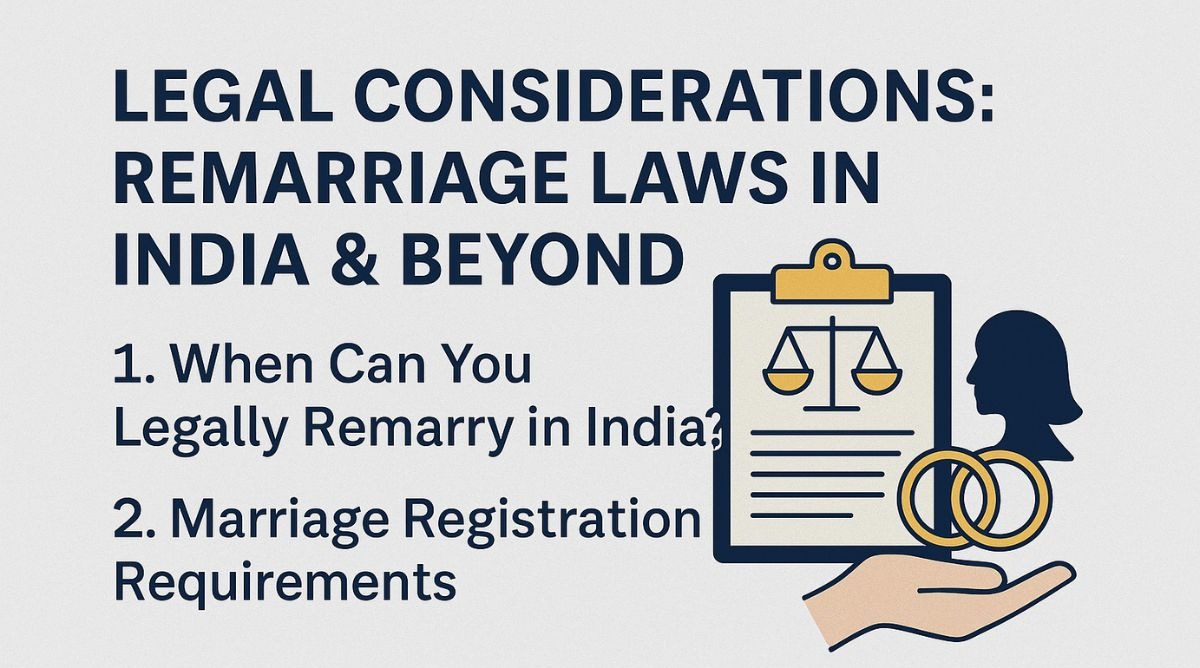1. The following question of law has been referred for the opinion of this Court by the Income Tax Appellate Tribunal, Delhi Bench "E", New Delhi (for short, "the Tribunal"), arising out of its order dated April 25, 1989, in ITA No. 3280/Del./1986, for the assessment year 1981-82:
Whether, on the facts and in the circumstances of the case and on a correct and true interpretation of Section 41(1) of the Income Tax Act, 1961, the Appellate Tribunal erred in law in holding that the balance which remained outstanding in the sales tax account after the payment of sales tax assessed did not amount to any allowance or deduction and that they could not be validly brought to tax u/s 41(1) of the Income Tax Act, 1961, and, therefore, the order of the Assessing Officer could not be set aside by the learned Commissioner u/s 263 ?
2. The assessee was engaged in the sale of vanaspati and during the previous years relevant to the assessment years 1978-79 and 1979-80, the assessee collected sales tax and Central sales tax and credited the same to a separate account. The amounts so collected were later found to be in excess of the amounts payable towards the sales tax. The assessee transferred the said amounts to the suspense account but did not credit the same to the profit and loss account. This fact was not taken note of by the Assessing Officer. The Commissioner of Income Tax (Appeals) initiated proceedings u/s 263 of the Income Tax Act, 1961 (for short, "the Act"), on the ground that the excess amount in the sales tax account ought to be treated as income of the assessee. After hearing the assessee, income of the assessee was accordingly enhanced.
3. The Tribunal accepted the claim of the assessee and held that Section 41(1) of the Act was attracted only for loss, expenditure or trading liability of the assessee and not for sales tax liability. No fresh income was received by the assessee and mere cessation of liability during the previous year when the same was not in respect of any allowance or deduction could not be treated as income u/s 41(1) of the Act.
4. We have heard learned Counsel for the Revenue.
5. In
6. We have also dealt with the issue in ITR No. 12 of 1988
In
Whether, on the facts and in the circumstances of the case, the Appellate Tribunal is right in law in deleting the addition made by the Income Tax Officer representing unclaimed sundry credit balances written back to the profit and loss account by the assessee during the previous year relevant for the assessment year under consideration?
After referring to decisions reported in
But, where a new asset came into being automatically by operation of law, common sense demanded that the amount should be entered in the profit and loss account for the year and be treated as taxable income. In other words, the principle appears to be that if an amount is received in the course of trading transaction, even though it is not taxable in the year of receipt as being of revenue character, the amount changes its character when the amount becomes the assessee''s own money because of limitation or by any other statutory or contractual right. When such a thing happens, common sense demands that the amount should be treated as income of the assessee.
A plea of the assessee in the present case that the amount had not been transferred to profit and loss account, did not make a difference on principle. If no liability accrued during the year, the amount could not be kept in suspense account. The same has to be treated as income. It is a different matter that if at any time later, any expenditure is to be incurred on that account, the same can be treated as permissible expenditure.
In
7. The following view taken in the above decisions, we hold that the amount collected towards sales tax which remained unpaid and unpayable to the Department, which was also not refunded to the customers, was liable to be treated as income in the hands of the assessee u/s 41(1) of the Act. As and when the amount is refunded to the customers, the same may be claimed as deduction by the assessee in accordance with law.
8. Accordingly, the question referred is answered in the manner indicated above.
9. Reference is disposed of accordingly.

